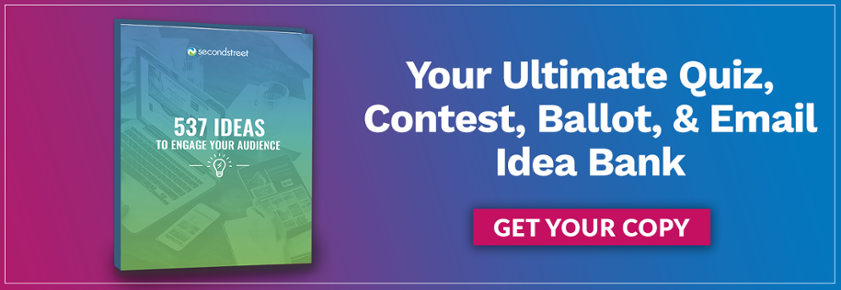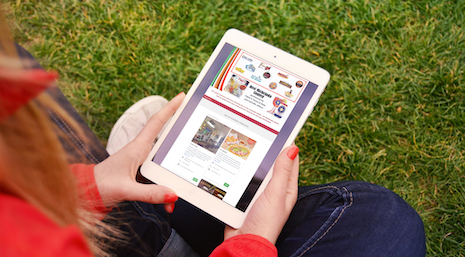3 Habits of Highly Effective Donation Campaigns
The idea of donation revenue shouldn’t be an exclusive concept owned only by a few aspiring companies. More media companies are branching out from their traditional practices to create impressive donation programs.
Jed Williams, Chief Strategy Officer at the Local Media Association, lays out three recurring trends to success when it comes to donations:
- Maintaining a robust email database
- Leveraging audience profiles and segments
- Using targeted messaging
The common denominator of all three trends – email.
When you grow a robust email database, it means you’re not only adding new email addresses, but you’re also adding new data points about your subscribers. When you make an effort to maintain a healthy email database, you’re prioritizing the level of engagement over the number of emails.
$20,000 in Two Months
When the Record-Journal partnered with the Local Media Association’s COVID-19 Local News Fund, they were one of the most successful programs. In just 65 days, their campaign brought in over $20,000 in donations, and the paper saw a 16% increase in digital subscriptions.
The best thing about the Record-Journal’s success? They weren’t unique! While their results were definitely impressive, many other companies had substantial success following the strategy outlined by Liz White, Publisher & Executive Vice President of the paper.
How to Turn Your Fans into Your Donors
This will come as no surprise: for all the companies in the LMA’s program, email was the most successful platform for delivering donation revenue. The secret to Liz White’s success is their established history of growing and cultivating their email database.
Promotions are undeniably the best way to grow your email list with interested subscribers. Promotions that engage your community will have a direct impact on your audience growth over time. The Record-Journal grew their audience from less than 1,000 people in 2009 to nearly 160,000 today.
But the value is more than just a list of email addresses. Promotions push your audience to interact with your company in meaningful ways. Liz explains how these organic touchpoints help identify user interests whether it be parenting, local food, football, or much more. Once you have identifiers such as age, interests, subscribers, etc. you can segment your audience into useful buckets.
Promotions present opportunities to build a direct relationship with your subscribers. Executing your promotions wisely gives you an opportunity to make an ask for subscriptions and donations after you’ve developed a level of trust.






